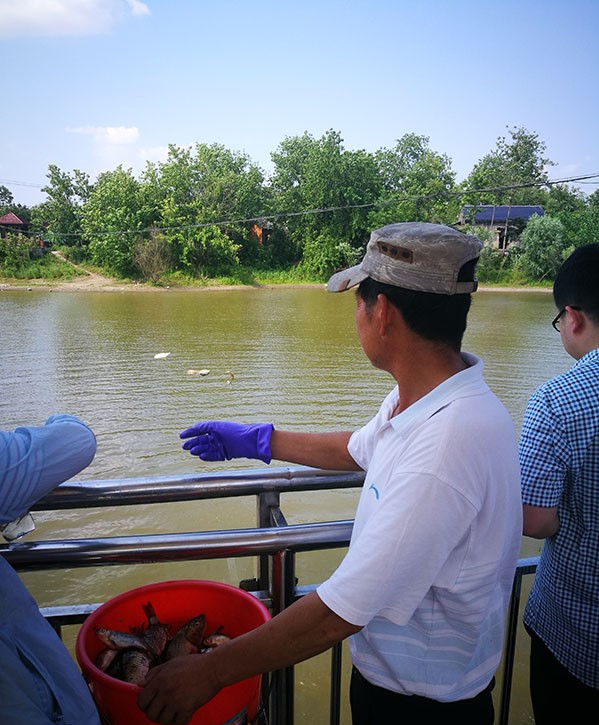
From the People’s Daily app.
And this is Story in the Story.
When China first passed its law on the protection of wildlife in November 1988, 97 animals were registered as endangered species under first-class protection.
Decades later, China’s wildlife protection law has been revised several times. The effort China has put into protecting wild animals has been consistent and progressive.
On September 5, 2016, the International Union for Conservation of Nature and Natural Resources (IUCN) announced that the giant panda was being removed from the IUCN Red List, thanks to Chinese government’s efforts on securing the animal’s natural habitat.
China has also strengthened the rescue efforts aimed at poaching and smuggling endangered animals.
Protecting endangered animals is a difficult task because these animals are threatened by various factors, such as climate change, environmental pollution, and hunting. Despite these difficulties, China is committed to making changes to help the planet’s endangered animals.
Today's Story in the Story will dive into China's efforts on protecting the endangered Yangtze finless porpoise.

Zhang Bajin is feeding the finless porpoises. (Photo: newssc.org)
While preparing meals for the finless porpoises of the Yangtze River, Zhang Bajin carefully picks out a small fish.
"This kind of fish would get stuck in the porpoise's throat," he said, adding that the porpoises are big eaters, they can eat more than 10 percent of their own body weight in fish every day.
For over 30 years, Zhang has been caring for the critically endangered animals. He sees the porpoises as his own children.
With a slightly curved mouth, the finless porpoise is often called the "smiling angel" of the Yangtze by Chinese. However, the population has been rapidly decreasing over the last three decades due to environmental deterioration. The species now teeters on the brink of extinction with a population of around 1,000 in the main waterway of the Yangtze, according to research conducted in 2012.
Zhang is among a team of 20 people at the Tongling Freshwater Dolphins National Nature Reserve in east China's Anhui Province. Established in 2000, the reserve enclosed a corner of the Yangtze creating an ideal habitat for the porpoises.
Jiang Wenhua, chief engineer and one of the founders of the reserve, recalled they caught four finless porpoises in the Yangtze in 2001, two males and two females, and brought them in the reserve.
After 17 years, there are now 11 porpoises in the reserve, the youngest born in May this year, he added.
Things did not always go smoothly. In 2008, low temperatures froze the water surface in the reserve and the porpoises were trapped underwater.
Faced with this critical situation, Jiang and his colleagues dug holes in the frozen river surface.
However, the holes froze again, and they had to continue digging holes to ensure the animals survived the winter.
Chen Ran, a researcher with the reserve, has witnessed the birth of several finless porpoises. Recently, he has conducted a physical examination of the newborns. The results showed that all the porpoises are in good health.
During the past four years, the city of Tongling has invested about 493 million yuan ($72.8 million) to protect and afforest the shorelines of the Yangtze.
In the city that was previously known for its rich copper resources, a dozen metal producing companies and two sulphuric acid production lines, each with an annual production capacity of 150,000 tons, have been closed down.
"Besides environmental restoration, strengthening the genetic study of the animal is urgently required to avoid species deterioration because of inbreeding," he said.
It is also important to restore the food chain by increasing the fish population in the river, he added.
(Produced by Nancy Yan Xu, Terry Guanlin Li, Lance Crayon, and Raymond Mendoza. Music by: bensound.com. Text from China Daily and People's Daily.)


